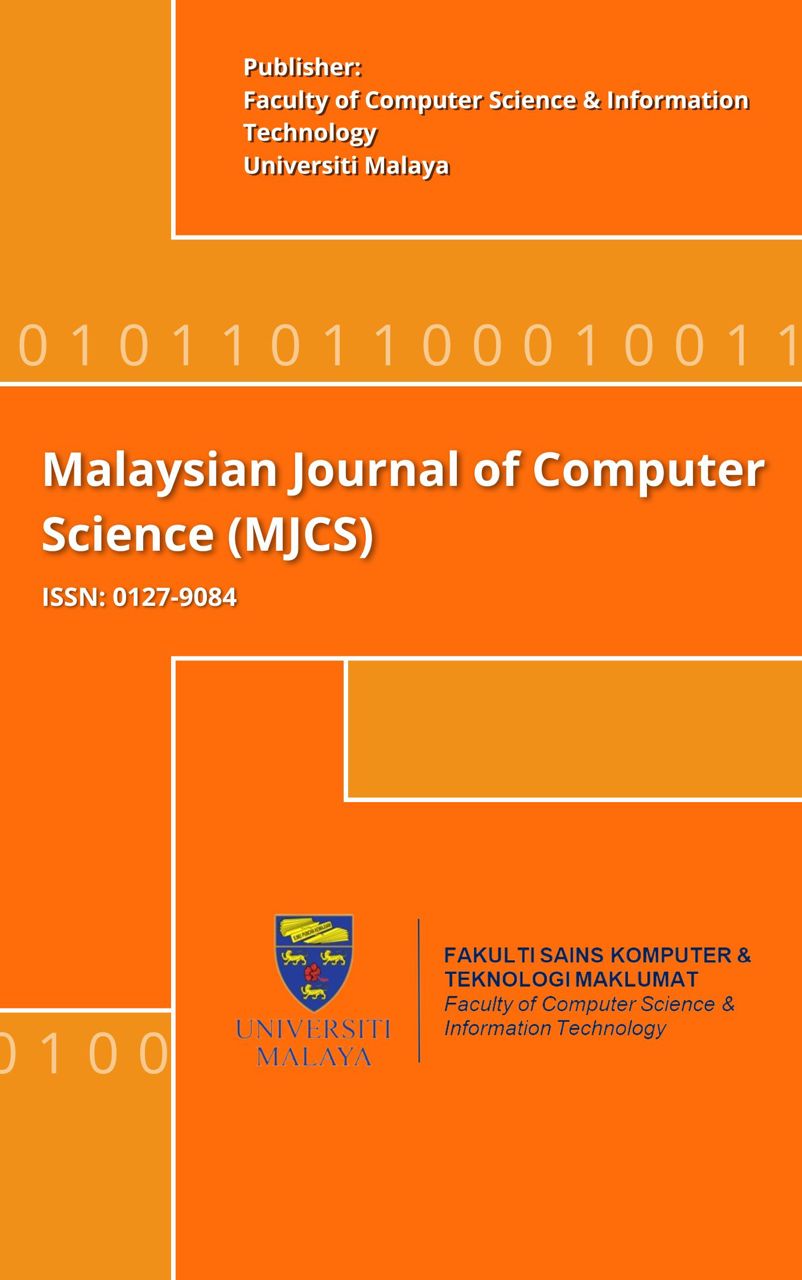EXPLAINING PHYSIOLOGICAL AFFECT RECOGNITION WITH OPTIMIZED ENSEMBLES OF CLUSTERED EXPLAINABLE MODELS
Main Article Content
Abstract
Affect recognition tasks involving physiological signals are difficult to generalize across a large population due to low signal-to-noise ratio and limited data availability. In addition, the use of deep learning models makes it difficult to determine the cause-and-effect between physiological affect and labeled affect. This work addresses the following issues: uneven distribution and noisy data were addressed using K-Means-SMOTE and Fuzzy ART (FA). The clustered hyper-rectangles were extracted from the FA topology and fitted to an Explainable Boosting Machines ensemble using the Easy Ensemble strategy. The hyper parameters of the overall methodology were tuned using genetic algorithms for improved generalization. The proposed method was tested using three publicly available affect recognition datasets: DEAP, DREAMER, and AMIGOS. Step-by-step benchmarks showed that combining techniques achieved good generalization and generated explainable information correlating physiological features to affective labels.
